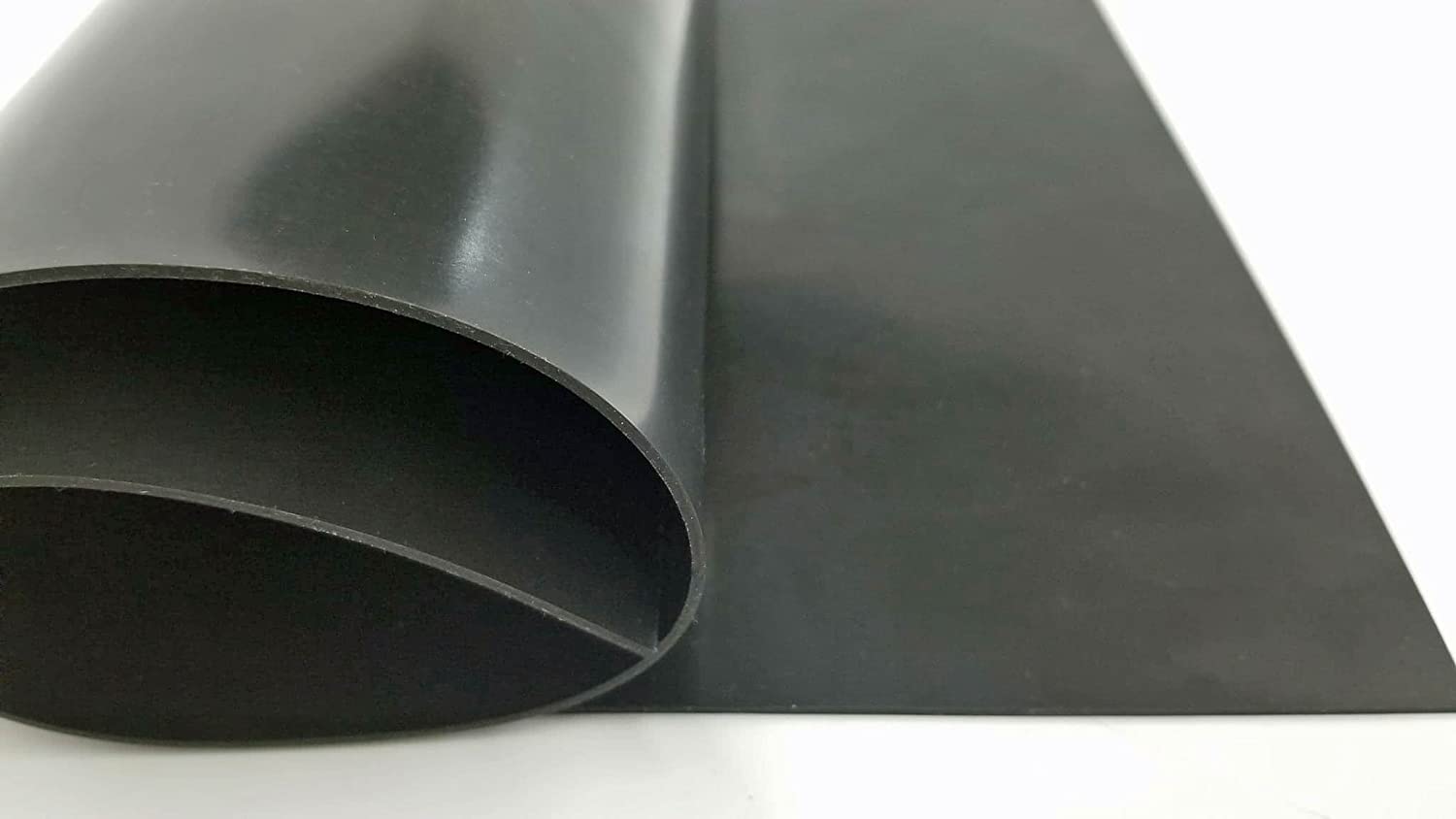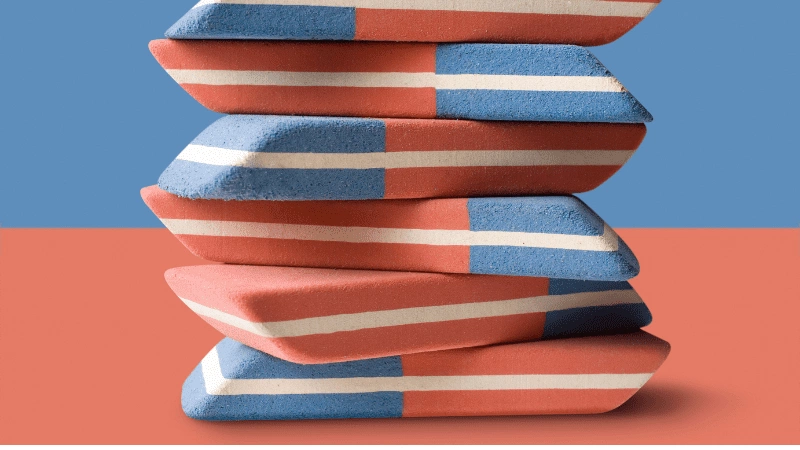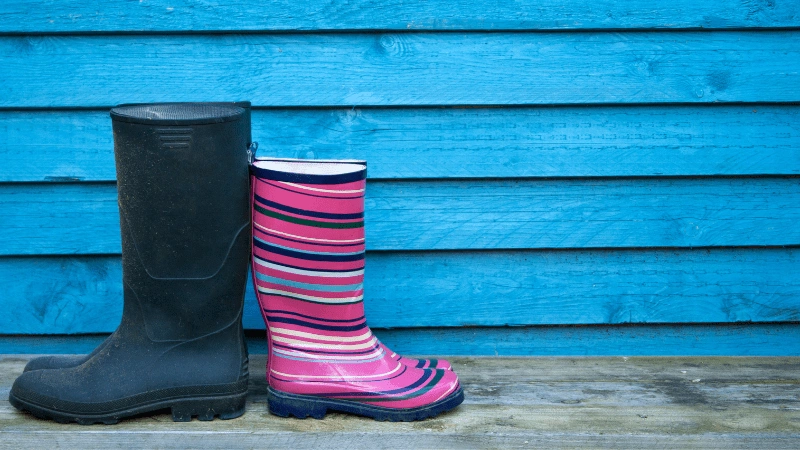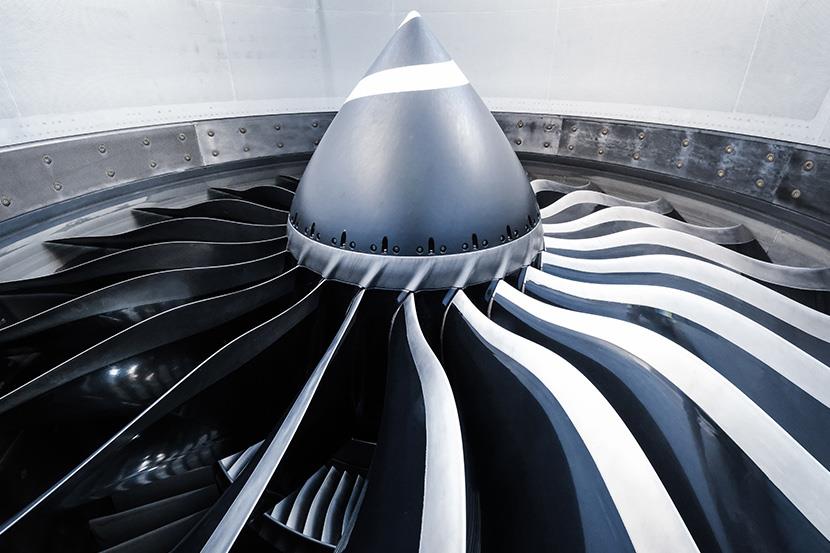Rubber made of Viton®, one of the world’s most durable fluoroelastomers, is utilized in some of the harshest environments where temperature extremes and chemical reactions are common. Due to its outstanding performance and excellent resistance, it is a preferred choice for many specialized applications.
However, employing a lesser-known chemical can produce considerable long-term cost reductions. Due to its unique polymer structure, Aflas® has the capacity to withstand elevated temperatures up to 205°C at its highest peak exposure temperature and 200°C during continuous use.
What is Aflas® and Viton®?
Aflas

The fluoroelastomer known as Aflas® is composed of alternating monomers of tetrafluoroethylene and propylene (TFE/P). Aflas is mainly utilized in oil drilling equipment. Alfas can be crosslinked (cured) in various methods, although peroxides often offer the most significant overall environmental resilience.
Aflas is a unique rubber that can take on a leathery consistency and be functional at shallow temperatures (down to -54 °C), in contrast to many other rubbers that usually become brittle and shatter at low temperatures.
When produced appropriately, the elastomer can create o-rings, gaskets, seals, packings, and coatings with various unique features. Fillers, cures, and other chemical components are needed for the manufacturing of Aflas® fluoropolymers.
Aflas products that have been adequately prepared and cured deliver excellent outcomes in several operational scenarios. Aflas fluoropolymers’ results can vary depending on the fabricator’s formulation, manufacturing method, and appropriate application to the operating environment.
Viton®

Viton®, a fluoropolymer elastomer made of synthetic rubber, is frequently used in O-rings and other products. Perfluoromethylvinylether (PMVE) and copolymers of terpolymers of tetrafluoroethylene (TFE), hexafluoropropylene(HFP), and vinylidene fluoride are among the specialty polymers that make up this family of elastomers (VDF or VF2).
Fluoroelastomers referred to as fluorocarbons or Viton®, are among the best rubbers for use at higher temperatures, as high as 300°C, for brief periods. Depending on whether chemical resistance, flexibility (like in diaphragms), or compression set are the primary considerations, many grades are available.
Fluoroelastomers provide exceptional resistance to weathering, lubricants, and most solvents. They are costly, function poorly at lower temperatures, and are incompatible with phosphate esters or ketones. Examples of everyday uses include accumulator bladders, diaphragms, gaskets, O-rings, and seals utilized in very harsh circumstances.
The Attributes of Viton® and Aflas®
Aflas®

Tetrafluoroethylene (TFE, also known as FEPM), propylene, and a fluorine content of approximately 54% make up the unique fluoroelastomer AFLAS®.
Amine Resistance
It is electrically insulating, has much stronger amine resistance than other fluoroelastomers, and is resistant to steam, chemical, and high temperatures.
High and Low-Temperature Resistance
The petroleum-based oils and drilling industry frequently uses AFLAS® fluoropolymer material because they offer reliable sealing performance in challenging environmental conditions like water, steam, bases, and caustic. Its typical hardness ranges from 50 to 90 Shore A, and it can endure temperatures between -14 to 428 degrees Fahrenheit.
Chemical Resistance
The rubber AFLAS® sheet can withstand various chemicals, including acids, steam, and amines/bases. It has lately developed into an efficient Viton equivalent in various applications where it may be subjected to various automotive fluids, such as engine coolants, motor oils, corrosion inhibitors, EP gear lubrication, steering fluids, etc.
The chemical is tolerant of various brake fluids, including DOT 3, silicone, and mineral oil. The brittle temperature for low-temperature materials like 100S and 150P is approximately -40 degrees Celsius. This temperature will vary depending on the content. This demonstrates that it may be applied in low-temperature settings.
Heat and Steam Resistance
Additionally, AFLAS® scarcely has any aromatizing qualities. AFLAS® has a remarkable tolerance to heat. It is capable of continually maintaining temperatures of up to 200 degrees Celsius. Even at 250 degrees Celsius, some grade levels can tolerate the heat. Because of this, they are perfect for steam applications that call for superheated steam. If exposed to flames, gaskets and seals manufactured of AFLAS® rubber sheet will catch fire. As soon as you take it away from the flame, it stops.
Viton®

Good Resistance
Fluids in a wide range of types are remarkably resistant to Viton®. Across the board, Viton® has outstanding fluid resistance. It has an impressive array of compression set resistance. Viton® seals are recognized for their outstanding heat resistance. Viton® seals can resist exceptionally corrosive fuels and chemicals.
Wear Resistance
Additionally, Viton has a global ISO 9000 registration. Viton® seals can survive rigorous use without breaking, elongating, or tearing.
Best Mechanical Properties
Its excellent gas and liquid absorption resistance, broad temperature range (-45°C to 204°C), excellent weather ability, ozone reaction, adaptability for rapid depressurization, CIP, SIP, and FDA, excellent mechanical properties, improved coating performance, relatively high burning tension than non-fluorinated hydrocarbons are just a few of the advantages of Viton® rubber.
Application of Viton® and Aflas®
Due to advantageous characteristics, Viton® is utilized in a variety of industrial settings. These consist of the following:
- Uses for vehicles, other modes of transportation, and fuel
- Chemical transformation
- Gas and oils
- Heavy-duty equipment
- Aerospace
- SCUBA diving

AFLAS® is often used in sectors like oil and gas, food and beverage, automotive, electronics, maritime, and chemical manufacturing. Packings, conductors, cables, o-rings, and gaskets are all made using it. Dynamic applications for AFLAS® include:
- Marine Engines
- Downhole
- General Steam
- Mechanical Seals
- Packings
- Gaskets
- Wire and cable
- Shaft seals
- Packer elements
- V-rings
- O-ring
Advantage of Aflas® and Viton®

Perfect Fit for Critical Usage
AFLAS® is a unique fluoroelastomer with superior electrical insulation and amine resistance compared to existing fluoroelastomers. Aflas® is ideally suited for critical applications where exceptional dependability is needed. Aflas® performs exceptionally well in alkaline, brines, corrosion inhibitors, crude oil, hydraulic fluids, hydrogen sulfide, methyl alcohol, and condensation.
Excellent Resistance
As a unique fluoroelastomer, AFLAS® offers a variety of advantages, including high resistance to highly reactive organic and inorganic chemicals, good heat and temperature resistance, outstanding permeation resistance, shallow aromatizing properties, excellent electrical insulation, fair contraction set resistance, fair shortened resilience, opposition to ozone and gamma radiation, highly resistant to oils, and solvent compatibility.
Maintain its Elastic Attributes
Compared to most other elastomers, Viton® has higher mechanical qualities while being more heat resistant. There is little effect of high temperatures on chemical and oil resistance. Even after being exposed to continuous exposures up to 316°C or aging in a laboratory air oven at a temperature as high as 204°C, Viton® compounds material maintains a significant amount of elastic characteristics.
Fluid and Chemical Resistance
More than any other non-fluorinated elastomer, the Viton® grades are also resistant to degradation from a more excellent range of harsh chemicals, acids, and fluids, including petroleum oils, lubricants, and the majority of mineral acids. Simply put, it offers the highest fluid resistance of any commercial rubber.
As a result of its low permeability to such a wide variety of chemicals, Viton® is renowned for working incredibly well with oxygenated car fuels. But Viton® benefits don’t stop there.
Considering that they maintain good compression set at temperatures that would cause other non-fluorinated elastomers to become brittle. It also strongly antagonizes sunshine, air oxidation, fungus, mold, and climatic change. Additionally, Viton® has superior electrical qualities and minimal burning characteristics (in low-voltage, low-frequency applications).
Limitations of Aflas® and Viton®

Methyl ethyl ketone, acetone, and phosphate ester can all impact Aflas®. Additionally, there are certain limitations on the use of Aflas® that forbid its use with chemicals like carbon tetrachloride and chlorinated hydrocarbons. Ketones, organic refrigerants, aromatic fuels, and chlorinated hydrocarbons are incompatible.
Despite being compatible with various oils and aromatic hydrocarbons, amines, formic and acetic acids, ketones like acetone and methyl ethyl ketone, di ester lubricants like ethyl acetate, and ketones like acetone and methyl ethyl ketone are all incompatible with Viton®.
All applications don’t benefit from Viton’s performance. For instance, fluoroelastomers like Viton® break down and commonly emit toxic hydrogen fluoride when uncovered to high heat (or fire), which has been related to chronic respiratory irritation. On the other hand, Viton® seals can stiffen and become rigid at severely low temperatures.
Aflas® vs. Viton ®: What is the Difference
Here is the difference between physical properties and their resilience to chemicals and temperature.
| DIFFERENCE BETWEEN THE TWO | PHYSICAL PROPERTIES | TEMPERATURE RESISTANCE | CHEMICAL RESISTANCE |
| AFLAS® | findings for tensile strength, elongation, modulus and specific gravity all showed a small improvement. | -5°C to +205°C | resistant to a greater variety of chemicals. |
| VITON ® | specific gravity, elongation, modulus, and tensile strength. | -15°C to 200°C | best recommended for interaction with hydrocarbons, oils, and greases |
Which is Suitable for Your Application?
Despite its high compression set at high temperatures, Alfas® makes a superb solution for applications that come into touch with material incompatible with Viton®. As a result, Aflas® is extensively used in the thermal power and the oil and gas, chemical, nuclear, and automotive industries and is considered more suitable.
Conclusion
When it comes to their characteristics and features, aflas® and viton® both have their strengths and weaknesses, but in conclusion, aflas® has a wide variety of applications and more robust advantages than viton®. Despite this, both are advantageous in their respective fields of application and usage. You can contact Hongju for more information regarding these rubber products.
Contact Hongju to Get Your Required Product
To suit the requirements of your machinery and equipment, Hongju Rubber Products produces many variations of it in a range of sizes, materials, and styles. If you’re looking for materials made of AFLAS® and VITON ® that work well in your application, get in touch with us immediately. We can get you started on your upcoming project and assist you in locating the ideal products according to your requirements.